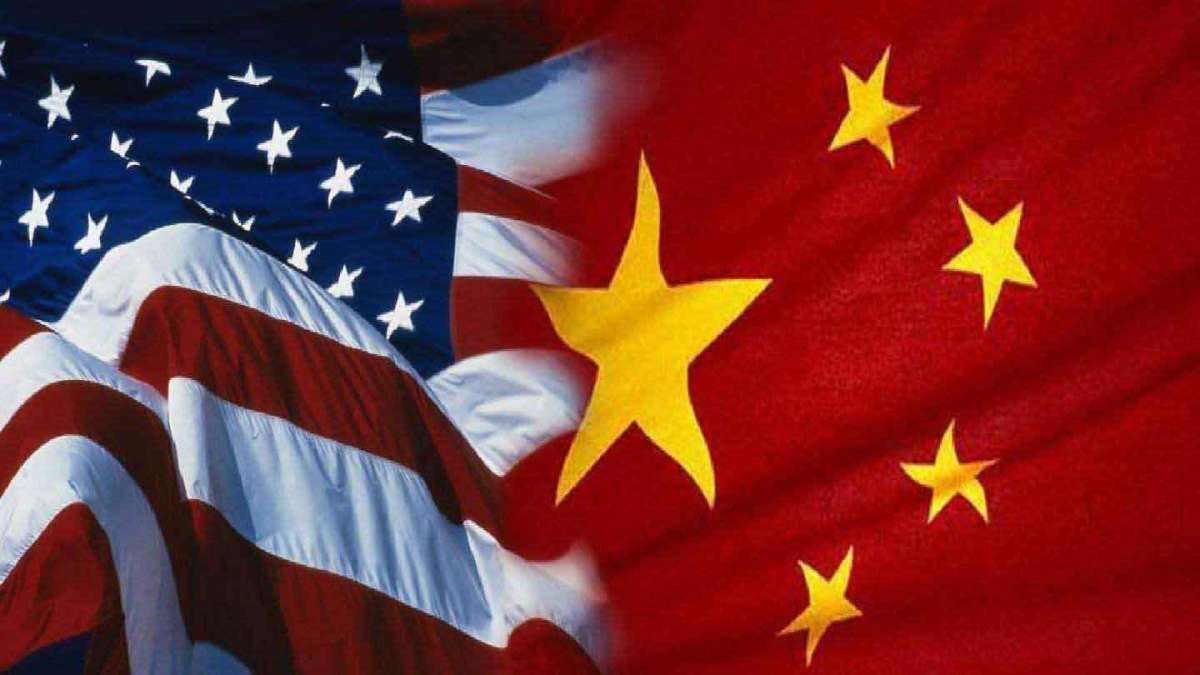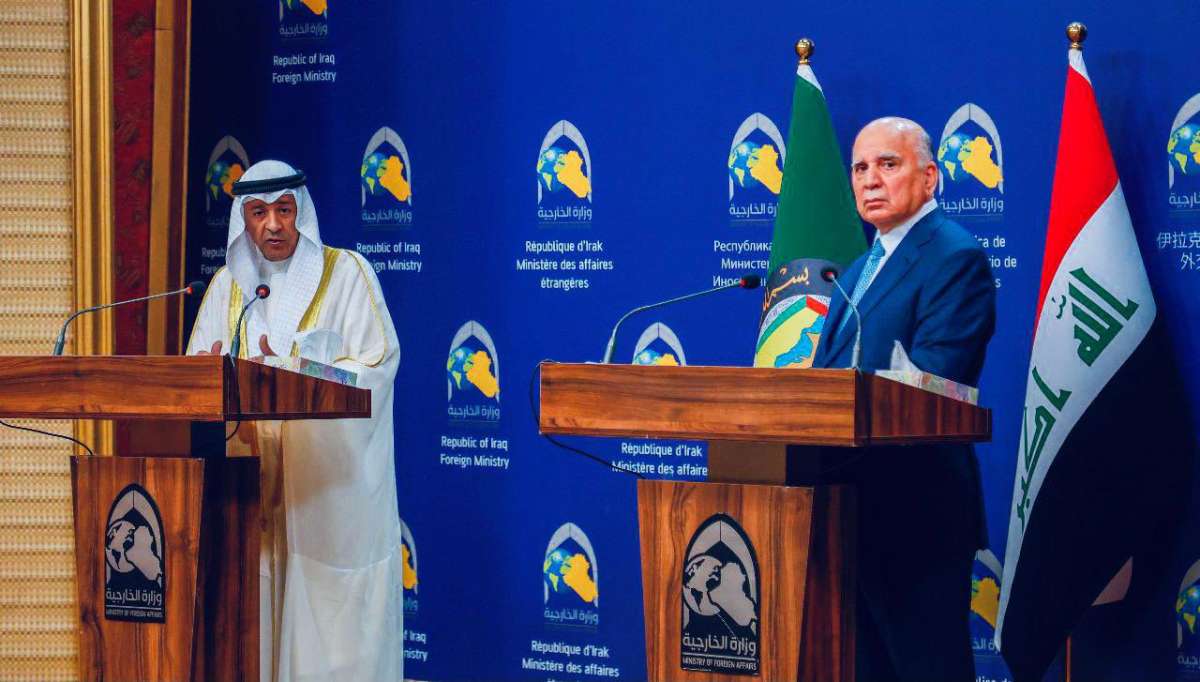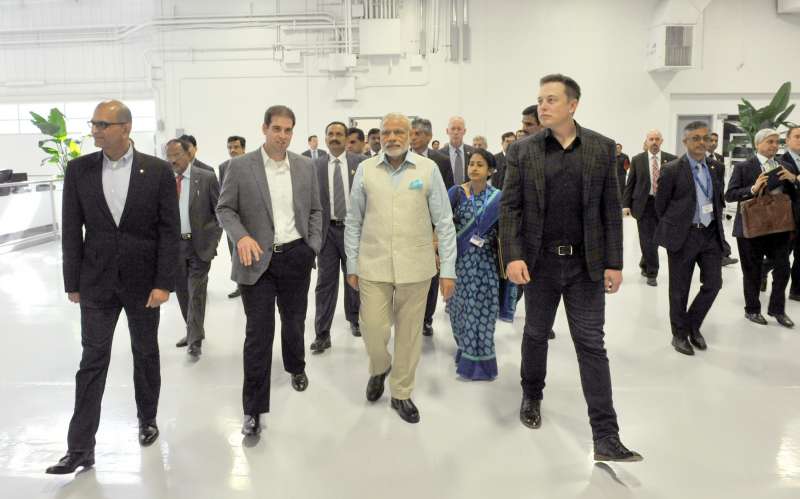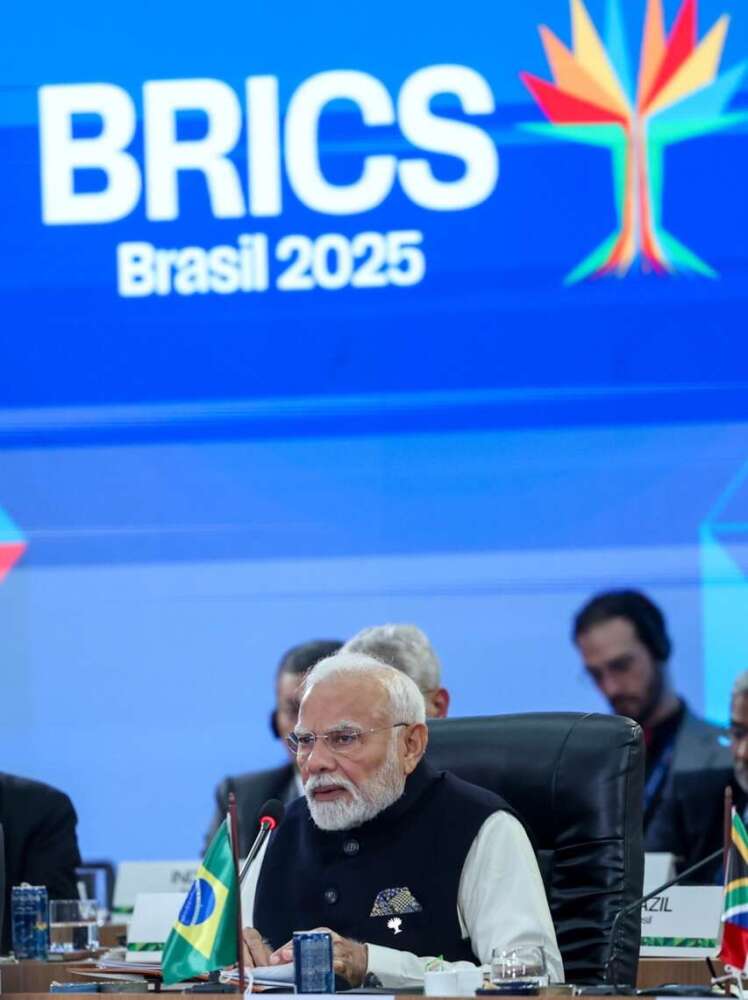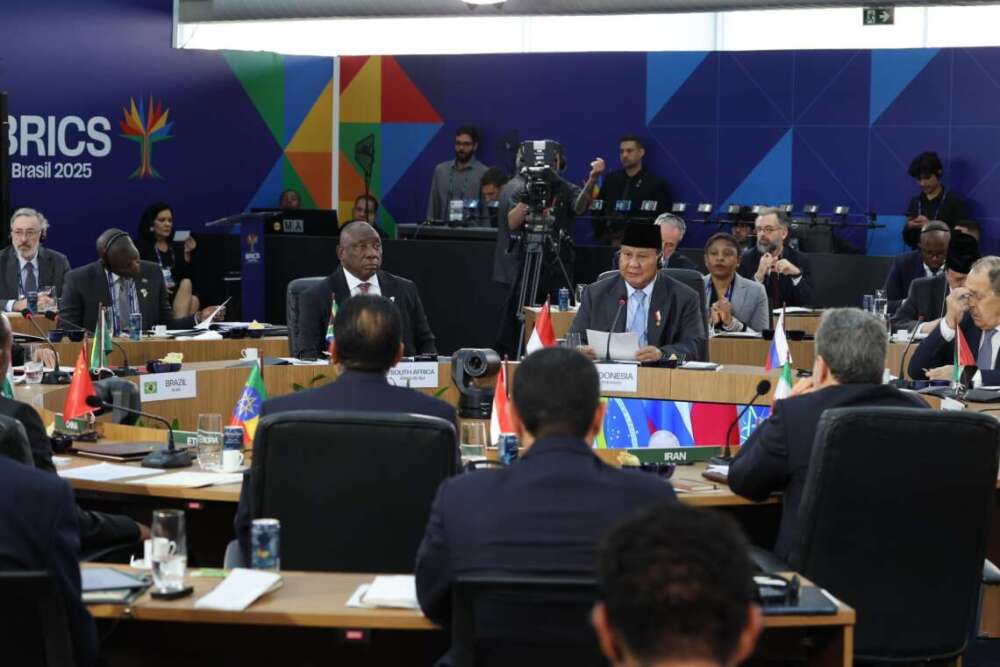To counter China, the US Marine Corps has created Marine Littoral Regiments, with the first already stood up in Hawaii and another currently being formed…reports Asian Lite News
China, through the growing reach of the powerful People’s Liberation Army (PLA), has made abundantly clear what its ambitions are towards territories on its periphery and strategic competitors. Consequently, the USA and its friends must demonstrate resolve against expanding Chinese military coercion.
In July, the RAND Corporation issued a report entitled Inflection Point: How to Reverse the Erosion of US and Allied Military Power and Influence. It laid bare a dire situation: “It has become increasingly clear that US defence strategy and posture have become insolvent. The tasks that the nation expects its military forces and other elements of national power to do…greatly exceed the means that have become available to accomplish those tasks.” RAND’s analysts gloomily assessed that US all-domain military “superiority is gone, surely with respect to China, but in significant ways with respect to the forces of other, less powerful adversaries as well, and it is not coming back … And herein lies the nub of the problem: Neither today’s force nor forces currently programmed by the US Department of Defense, appear to have the capabilities needed to execute this new approach [to defeat Chinese aggression].”
It is against such a backdrop that Exercise Talisman Sabre, held in Australia from 22 July-4 August, should be viewed. One of Washington DC’s most loyal Indo-Pacific friends is Australia, so the largest ever wargames between the two was the perfect opportunity to send an appropriate message to Beijing. An unprecedented 13 nations participated in the exercise, including some for the first time.
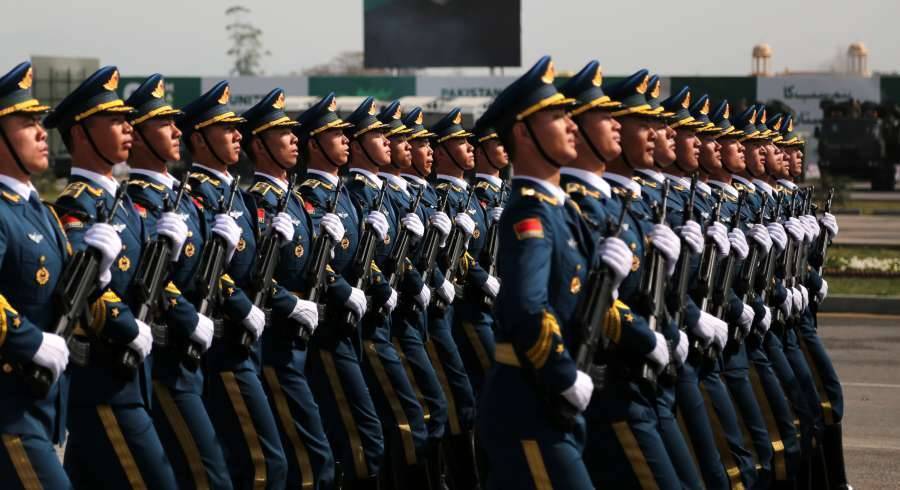
Brigadier General Kevin Jarrard, Assistant Division Commander, 1st Marine Division of the US Marine Corps (USMC), was in Australia to witness the joint and coalition exercise. He highlighted the importance of partners. “What we recognize is that whatever problems we’re going to face in INDOPACOM [Indo-Pacific Command] – a crisis, contingency or conflict – we’re not going to solve on our own. So, our partners and allies here in INDOPACOM, that’s how we’re going to solve these problems. And so the opportunity to operate alongside our longstanding friends in the Pacific and to make some new friends, we realize that we’re part of the neighbourhood…These are tough problems that are going to require everybody’s cooperation to solve.”
Surely the only conceivable way to deter China and the PLA is to combine capabilities. That means going beyond mere interoperability between allied forces. Rear Admiral Chris Stone, commander of the US Navy’s (USN) Task Force 76/3, explained to ANI aboard his flagship USS America during Exercise Talisman Sabre: “So we talk a lot about interoperability of our forces. I view that really as kind of the basics; that’s being able to communicate with each other, and having similar systems, where you can, say, refuel each other’s ships, and things along those lines.”
The admiral continued: “Where we’re really trying to progress to is interchangeability, which is kind of the next step, that any one of us, regardless of the flag that we fly, can perform a mission for the other partner/ally … So we’re really trying to progress to where we can plug and play with each other, where we have similar tactics, techniques, procedures, doctrine, understanding, training, proficiency. In any way you slice it or dice it, you can just take one and plug it into the other and do the same missions for each other.”
Brig Gen Jarrard described the tyranny of distance in the Indo-Pacific theatre. He mentioned the problem posed by “a contested logistics environment, which we really haven’t had to operate in for a very, very long time. So, the 20 years that we spent in the desert [the Iraq and Afghanistan conflicts], we essentially had air supremacy and it certainly was not a maritime theatre. INDOPACOM is inherently a maritime theatre, there’s no question about that.”
Exercising in Australia is thus an extremely realistic challenge for the US military, as forces and supplies poured in from all quarters of the American realm. As part of that, the US established a Joint Logistics Over The Shore (JLOTS) facility in Australia for the first time. JLOTS is a floating pier that allows equipment to be unloaded onto a beach where port facilities do not exist. Establishing expeditionary advanced bases was also an important element in Exercise Talisman Sabre.
To counter China, the USMC has also created Marine Littoral Regiments (MLR), with the first already stood up in Hawaii and another currently being formed. Containing air defence and anti-ship missiles, low-signature MLRs are able to perform sea denial operations. Projecting power from land to maritime reverses how the USMC traditionally operates.
Indeed, dispersal of forces through units like MLRs is critical, since the PLA has the ability to project power long distances, particularly through its missile inventory. Concentrations of American troops in Okinawa, mainland Japan and Guam are all at risk of a Chinese missile attack. Indeed, the aforementioned RAND report stated, “US forces, posture and operational concepts over the past two decades have remained an essentially static and predictable target against which China has developed increasingly potent threats.”
The USMC general noted: “The days of concentrating large formations, I think, are gone, and so [we’re moving to] a highly capable, dispersed force. So, if you think about the capabilities that exist down at the squad level or the marine platoon level, they previously existed at the regimental or division level! So, we’re pushing tremendous capability down to the smallest of our units, which allows us then to disperse on the battlefield.”
He alluded to MV-22B Osprey tiltrotor aircraft as being critical in such warfighting. “The capability of that aircraft is revolutionary. I mean, it allows you to move at speed, vast distances, to refuel in the air, and then to resupply those dispersed units. I think everybody understands how it’s a good idea to be dispersed, but how do you sustain those units in such a dispersed battlefield? … We’re thinking hard about the problems that a dispersed force across the tyranny of the geography of the Pacific presents to us, and how are we going to solve those challenges.” (ANI)


